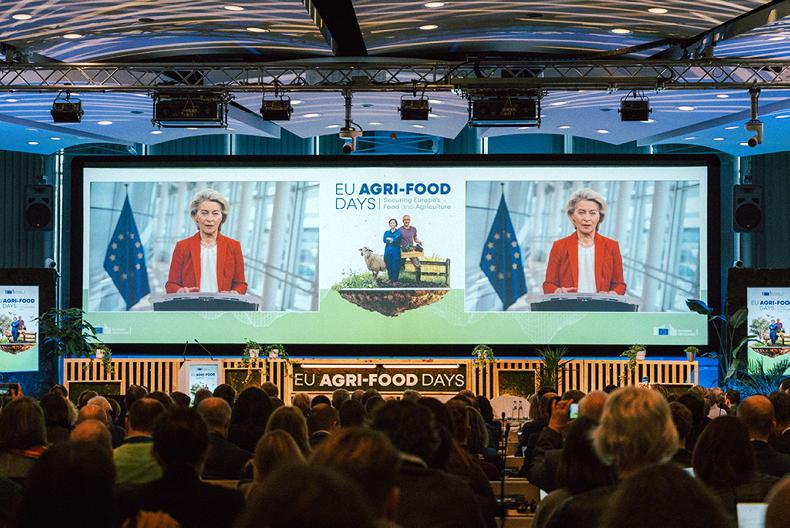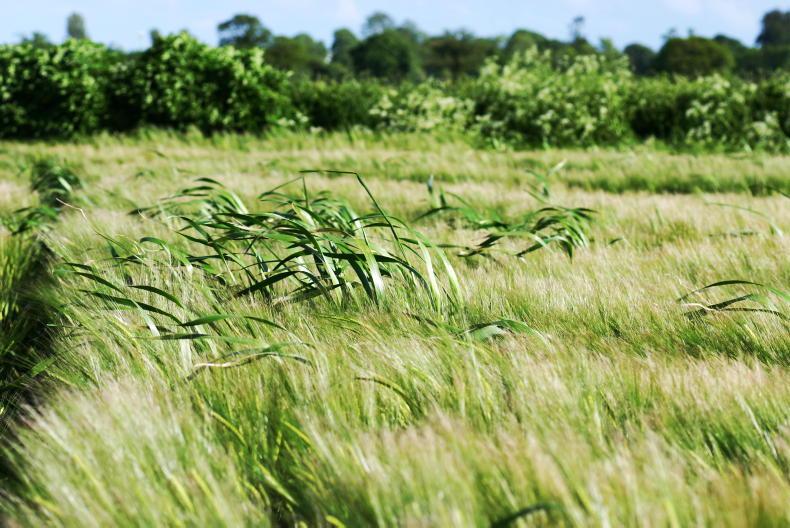In recent years, the dates of the publication of the recommended lists by the Department of Agriculture have fallen later.
The Department’s crop variety and evaluation division is one of its best assets and in terms of investment, it probably gives the best return out of many of the different projects in the Department.
However, in recent years the date that these lists are published has become later and later.
Tillage farmers are constantly hearing about integrated pest management (IPM) and how they need to reduce fertiliser and pesticide usage. One of the ways they will do this is by using varieties that suit their systems and which are recommended on the Department’s lists.
However, if the lists do not come out before farmers order their seed, then their value is reduced. It’s a difficult task to harvest and test hundreds of plots, analyse data and publish the tables and information. That cannot be underestimated.
Winter lists are the hardest job. The turnaround needs to be fast. Winter barley harvest has fallen early in recent years.
Yet the lists are being published when some farmers, right or wrong, are planting in early and mid-September.
At this stage, the majority of farmers should have their seed order, even where they are implementing good IPM and delaying sowing until October.
Seed shortage
This year, in a seed shortage, we saw the spring cereal and beans lists published after the middle of January. Farmers were told to order seed early to secure seed.
Farmers generally work on crop records and upcoming decisions in December when fieldwork is quiet, but no recommended lists were available to inform their decisions in December 2023.
Yes, we publish plenty of information on the varieties in the Irish Farmers Journal and there are lists from previous years, but weather changes the lists and information and varieties are taken off and added.
If farmers need to implement IPM on their farms in compliance with CAP rules, then the Department needs to facilitate this.










SHARING OPTIONS